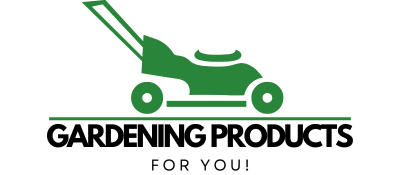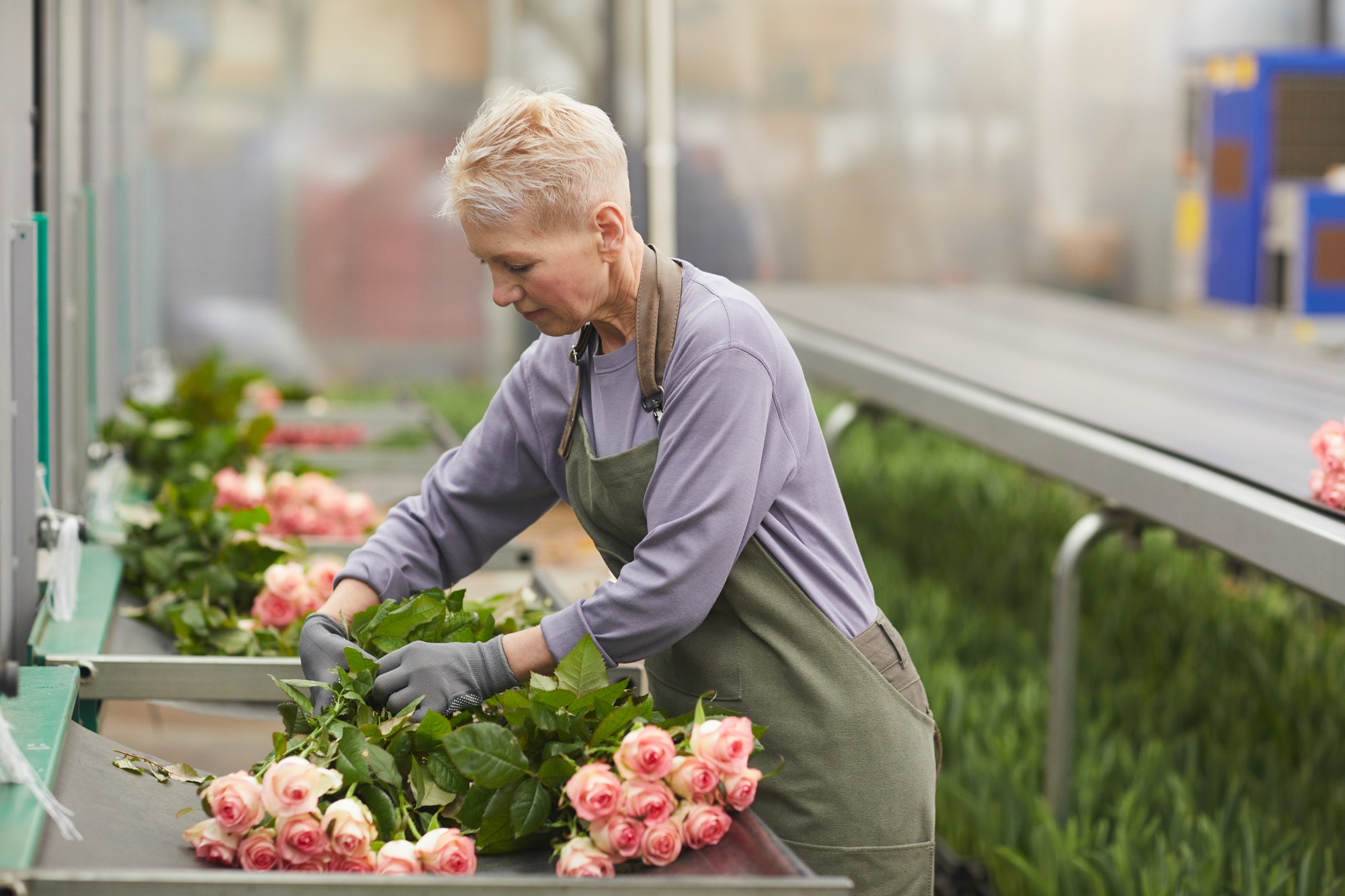
The Basics of Gardening
On 2022-06-04 by Donald EdwardsA seedling must be alive and have healthy embryonic tissue in order to germinate. A fully developed seed contains an embryo and stored food reserves. It will grow up when it is ready, which depends on the temperature and soil conditions. Seedlings can also be leggy, pale, or weak-stemmed if they are grown in an environment without the correct conditions. A seed can be leggy or weak-stemmed for many reasons, including too-warm room temperatures or overcrowding.
To grow healthy plants, make sure to space them well apart. Crowding the garden is one of the most common mistakes gardeners make. This results in plants that compete for space and nutrients. The first spring frost can easily kill seedlings. Follow the instructions on the plant tag or seed packet to determine the appropriate spacing for the plants. If frost is a concern, you can cover the plants with a frost blanket. If you cannot afford one, a burlap sack will do the trick.
If you are starting seeds indoors or outdoors, you can measure the number of days it will take to reach maturity. Many plants have different harvest dates, so be sure to follow the information provided on the seed packets. You can also check plant markers in nurseries to know when your plants will reach maturity. Day length is another important factor. Once your plants are in the ground, it takes them about six weeks to reach their full potential. You can harvest them once they are three to six inches long or as early as four to six inches long.
Seedlings should be thinned if they’re starting to crowd. After a few weeks, they may have become too crowded. After all, seedling thinning is the hardest part of seed starting. Choose the strongest seedling and remove it from the tray. This will leave room for the other seedlings to grow. When dividing seedlings, take care not to snip them too close to each other, as this may damage their roots and set them back in growth.
The seeds of monocots and dicots develop from a seed. The primary root called radicle anchors the plant to the soil and allows it to absorb water. A dicot shoot will grow out of the seed in two main patterns: one above the cotyledons, and the other below them. As the seedling grows, it will develop a branched root system and a taproot, and true leaves. These leaves will be the true leaves of the plant, and will start to photosynthesize light for photosynthesis.
When deciding what to plant, you should consider Mother Nature’s climate. Plants that are cool-season crops are cauliflower, broccoli, Brussels sprouts, and kale. If it is cold, you can try radish and beets. The soil in these areas should be moist and not freeze. In a garden, planting them too early can cause them to rot. A good practice for planting seeds in the fall is to wait until spring when temperatures are warmer and the soil is more fertile.
You may also like
- A Sparkling Holiday Tradition: Lemax Villages and Christmas Lights

- The Perfect Holiday Harmony: Christmas Village Sets and Real Christmas Trees

- Create the Ultimate Outdoor Dining Space: Garden Furniture and the Ooni Pizza Oven

- Bring the Flavour Home: Why Weber Gas BBQs Are a Top Choice in Ireland
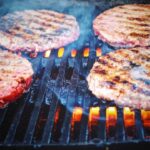
- Ooni Pizza Oven and Patio Heater: The Ultimate Outdoor Cooking and Comfort Combo
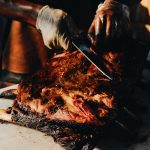
- Outdoor Heating and Indoor Plants: Enhancing Comfort and Style in Your Home

- Creating a Pet-Friendly Home with Stylish Decor: Tips from the Pet Shop
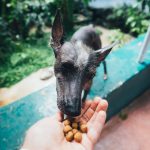
- Exploring Ardcarne Garden Centre and Boyle Garden Centre: A Garden Lover’s Guide in Roscommon

- Creating the Perfect Home Sanctuary: Outdoor Heating and Indoor Plants
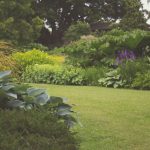
- Enhancing Your Outdoor Space: Garden Furniture and Pet Shop Essentials

